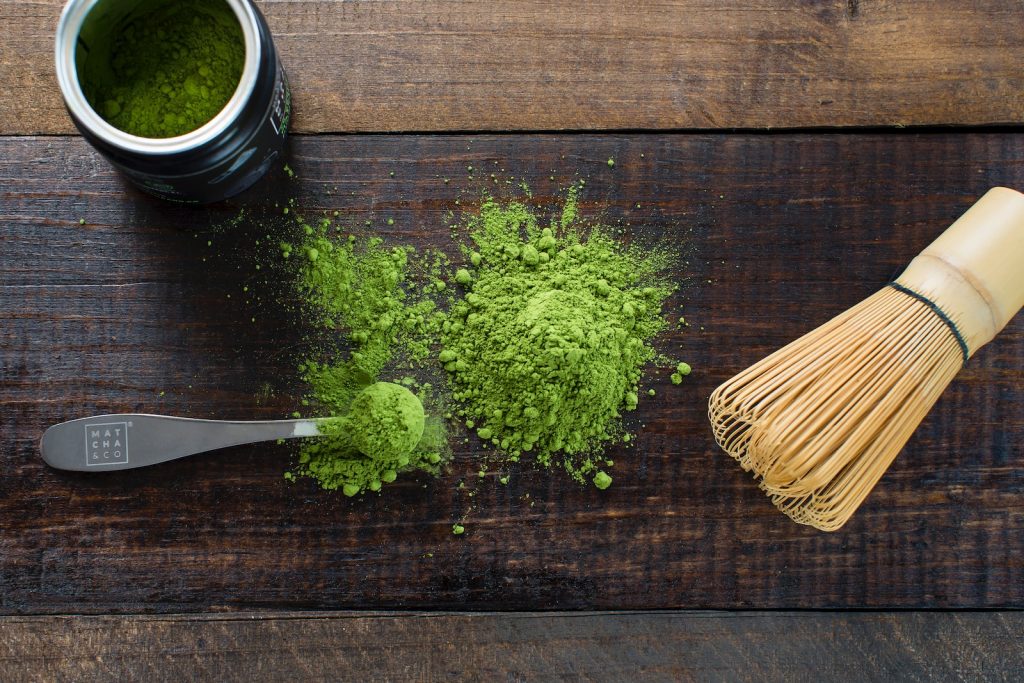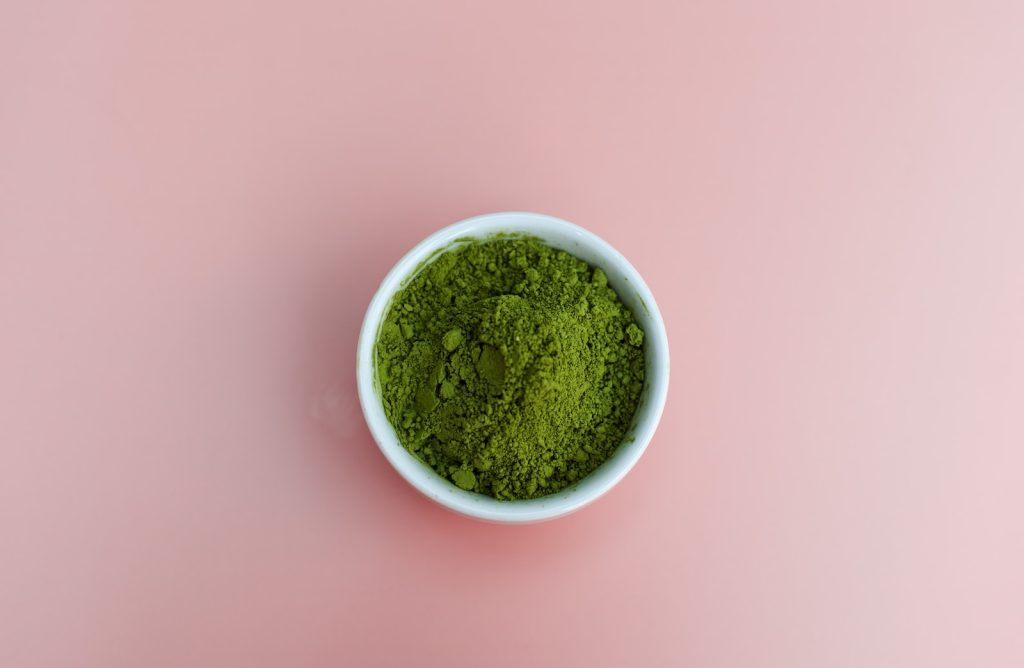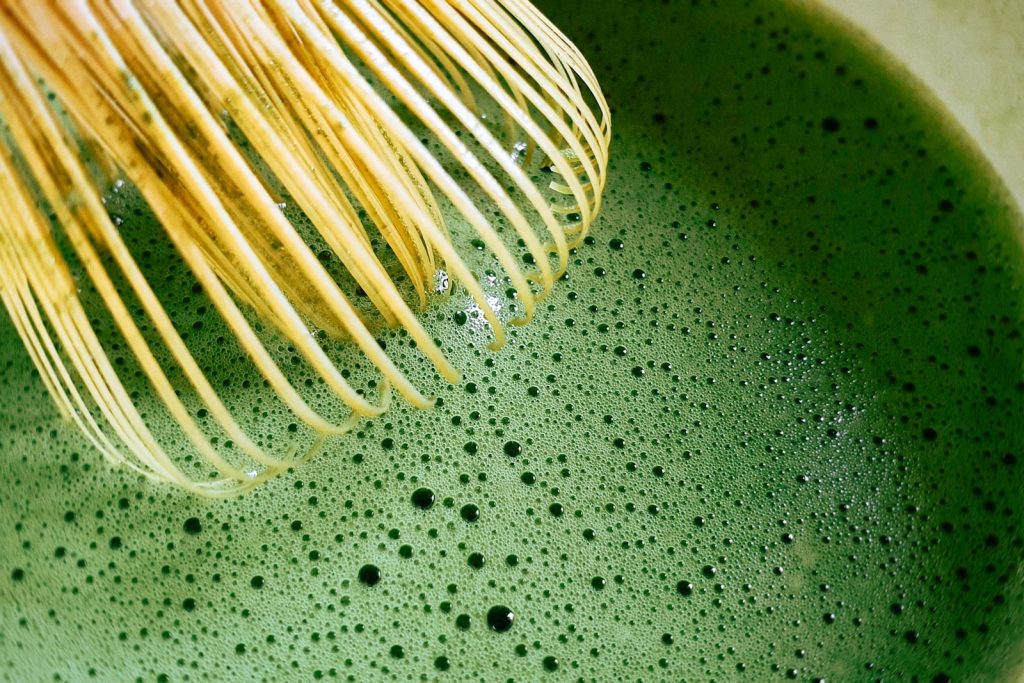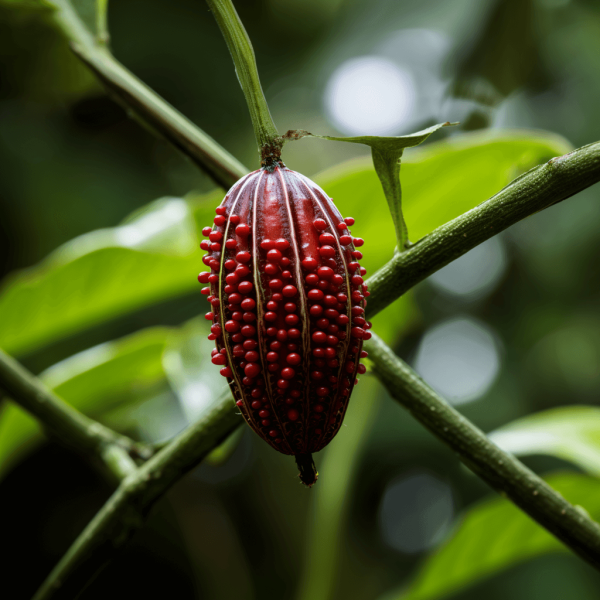Matcha is a type of green tea that has been gaining popularity in recent years due to its supposed health benefits. It is often marketed as a superfood and an energy booster, but some people question whether it is worth the high price tag. In this article, we will explore the question: is matcha overpriced powder or an energy powerhouse?
Matcha is made from finely ground green tea leaves, which means that you are consuming the entire leaf and all of its nutrients when you drink it. It contains caffeine, which can give you a boost of energy, as well as antioxidants and other compounds that are thought to have health benefits. However, some people argue that the benefits of matcha are overhyped and that it is not worth the cost.
So, is matcha really all it’s cracked up to be, or is it just an expensive fad? In the following sections, we will take a closer look at the evidence for the health benefits of matcha and whether it is worth the price. By the end of this article, you will have a better understanding of whether matcha is overpriced powder or an energy powerhouse that can help you improve your health and wellbeing.
Is Matcha Overpriced?

If you’ve ever wondered why matcha is more expensive than other types of tea, you’re not alone. The cost of matcha can be a bit higher than other teas, but is it overpriced? Let’s take a closer look at the factors that contribute to the cost of matcha.
Cultivation
Matcha is made from shade-grown tea leaves, which means it requires more care and attention than other types of tea. The shading process helps to increase the chlorophyll content and reduce bitterness, resulting in a sweeter and more delicate flavor. However, this process also makes the tea plants more vulnerable to pests and weather changes, which can affect the yield and quality of the tea.
Furthermore, matcha only grows in specific regions of Japan, where the climate, soil, and altitude are ideal for producing high-quality tea. This limited growing area means that the supply of matcha is relatively low, which can drive up the price.
Production
After the tea leaves are harvested, they go through a series of processing steps to become matcha powder. The leaves are steamed, dried, and then ground into a fine powder using a stone mill. This traditional method of production is time-consuming and labor-intensive, which adds to the cost of matcha.
Moreover, the quality of matcha can vary depending on the grade and processing method. Ceremonial grade matcha, which is the highest quality, is made from the youngest and most tender leaves, and is processed using a slow and gentle grinding method. This results in a smoother and creamier texture, but also makes it more expensive.
Conclusion
While matcha may be more expensive than other types of tea, it’s important to consider the factors that contribute to its cost. From cultivation to production, matcha requires a lot of care and attention to produce high-quality tea. Whether or not you think matcha is overpriced is ultimately up to you, but hopefully this information has given you a better understanding of why it can be more expensive than other teas.
Matcha as an Energy Powerhouse
If you are looking for a natural energy boost, matcha can be a great option. Unlike coffee, matcha contains less caffeine but offers a sustained energy lift without the infamous crash. Performance matcha, in particular, is renowned for its unique balance of caffeine and L-theanine, which promotes relaxation and calmness while keeping you alert and focused.
Matcha is also rich in catechins, a type of antioxidant that has been shown to increase metabolism and promote fat burning. This means that incorporating matcha into your daily routine can help you burn calories and improve your physical performance.
Moreover, matcha contains several beneficial amino acids and flavonoids that are responsible for its energy-boosting effects. L-theanine, for example, is a natural anxiolytic that increases serotonin, dopamine, and GABA, which are important neurotransmitters involved in mood regulation. This produces feelings of relaxation and calm, which can be helpful in reducing stress and anxiety.
In addition, matcha is a good source of chlorophyll, a pigment that gives plants their green color and has been linked to various health benefits, including improved digestion, detoxification, and immune system function.
Overall, matcha can be a great addition to your diet if you are looking for a natural and healthy way to boost your energy levels and improve your overall well-being.
Components of Matcha

Matcha powder is made from the leaves of the Camellia sinensis plant. Unlike other teas, matcha is made by grinding the entire tea leaf into a fine powder, which is then whisked with hot water. This unique process gives matcha its distinct flavor and nutritional profile.
Matcha powder contains several components that contribute to its potential health benefits. These include:
Catechins
Matcha is particularly high in a type of catechin called epigallocatechin gallate (EGCG). Catechins are a type of antioxidant that help protect the body from damage caused by free radicals. EGCG is believed to be particularly potent, with some studies suggesting that it may have anti-cancer properties.
Caffeine
Matcha contains caffeine, a natural stimulant that can help increase energy levels and improve mental focus. However, unlike other sources of caffeine, matcha also contains an amino acid called L-theanine, which can help promote a sense of calm and relaxation.
Chlorophyll
Matcha’s vibrant green color comes from its high chlorophyll content. Chlorophyll is a type of pigment that helps plants convert sunlight into energy. Some studies suggest that chlorophyll may have anti-inflammatory properties and may help promote healthy digestion.
Vitamins and Minerals
Matcha is a good source of several vitamins and minerals, including vitamin C, vitamin A, potassium, and iron. However, because matcha is typically consumed in small amounts (usually only a few teaspoons per serving), it is not a significant source of these nutrients.
Overall, matcha powder contains several components that may contribute to its potential health benefits. However, more research is needed to fully understand the effects of matcha on human health.
The Production Process of Matcha

If you’re wondering why matcha is relatively more expensive than other green teas, it’s because of the intricate production process that goes into making this fine powder. Below, we’ll take a closer look at the steps involved in producing matcha.
Harvesting
The first step in matcha production is the harvesting of tea leaves. Tea farmers pick only the youngest and most tender leaves from the tea plant, which are located at the top of the plant. These leaves are handpicked and carefully selected to ensure the highest quality matcha.
Drying
After harvesting, the tea leaves are steamed to stop the fermentation process. This helps to preserve the natural flavor and color of the leaves. The steamed leaves are then dried using a special drying technique that involves blowing hot air over the leaves for several hours. This process removes any remaining moisture from the leaves and prepares them for the next stage of production.
Grinding
The final stage in matcha production is the grinding of the dried tea leaves into a fine powder. This is done using a special stone mill that grinds the leaves into a powder with a consistency that is fine enough to dissolve easily in water. The grinding process can take several hours to complete and requires a great deal of skill and expertise to ensure that the matcha is of the highest quality.
In conclusion, the production process of matcha is a complex and time-consuming process that requires a great deal of skill and expertise. From harvesting to grinding, each step is carefully executed to produce the highest quality matcha powder.
Health Benefits of Matcha
Matcha is a type of green tea that is made by grinding tea leaves into a fine powder. This powder is then whisked with hot water to make a frothy, bright green tea. Matcha has become increasingly popular due to its unique flavor and health benefits.
Antioxidants
Matcha is rich in antioxidants, specifically a type called catechins. Catechins are natural antioxidants that help protect cells from damage caused by free radicals. Matcha contains more catechins than regular green tea because the entire tea leaf is consumed in powdered form. According to Healthline, one study found that matcha contains up to 137 times more antioxidants than regular green tea.
Caffeine Content
Matcha contains caffeine, which can provide an energy boost. However, the caffeine in matcha is different from the caffeine in coffee. Matcha contains a lower amount of caffeine than coffee, but it also contains L-theanine, an amino acid that promotes relaxation and alertness. According to Prevention, when combined with the natural caffeine in matcha, L-theanine provides a balanced energy boost that can last up to six hours.
L-Theanine
L-theanine is an amino acid that is found in matcha. According to Medical News Today, L-theanine has been shown to promote relaxation and reduce stress and anxiety. Matcha contains a higher amount of L-theanine than regular green tea because the entire tea leaf is consumed in powdered form.
In conclusion, matcha has several health benefits due to its high antioxidant content, lower caffeine content with the addition of L-theanine, and other nutrients.
Comparing Matcha with Other Beverages
When it comes to comparing matcha with other beverages, it’s important to consider the nutritional value and caffeine content. Here’s a breakdown of how matcha compares to some popular beverages:
Matcha vs. Coffee
Matcha and coffee are both popular beverages that contain caffeine. However, matcha has a lower caffeine content compared to coffee. A standard serving of coffee includes an 8-ounce (240-mL) cup, which contains approximately 96 mg of caffeine. In contrast, a serving of matcha is a 2-ounce (60-mL) cup, which contains approximately 19 to 44 mg of caffeine per gram. This equates to an average of 55 mg of caffeine per 2-ounce cup of matcha.
Another difference between matcha and coffee is their nutritional value. Coffee is a good source of antioxidants, but it doesn’t contain the same level of nutrients as matcha. Matcha is rich in antioxidants and is a good source of vitamins and minerals, including vitamin C, selenium, zinc, and magnesium.
Matcha vs. Green Tea
Matcha and green tea come from the same plant, but they are processed differently. Matcha is made from shade-grown tea leaves that are ground into a fine powder, while green tea is made from whole tea leaves that are steeped in hot water.
Matcha has a higher concentration of nutrients compared to green tea. One cup of matcha is equivalent to drinking 10 cups of green tea in terms of nutritional value. Matcha is also higher in caffeine compared to green tea, with an average of 55 mg of caffeine per 2-ounce cup of matcha, while green tea contains approximately 28 mg of caffeine per 8-ounce cup.
Matcha vs. Energy Drinks
Energy drinks are popular beverages that are marketed as a source of energy and focus. However, they often contain high levels of sugar and caffeine, which can cause negative side effects.
Matcha is a healthier alternative to energy drinks, as it provides a natural source of energy without the added sugar and artificial ingredients. Matcha contains L-theanine, an amino acid that promotes relaxation and reduces stress, which can help improve focus and concentration.
Overall, matcha is a nutrient-dense beverage that provides a natural source of energy and numerous health benefits. While it may be more expensive compared to other beverages, the nutritional value and health benefits make it a worthwhile investment.
Conclusion
In conclusion, matcha is not just overpriced powder but a true energy powerhouse. It is a healthier alternative to coffee and other energy drinks due to its high caffeine content and the presence of L-theanine, which provides a sustained energy lift without the infamous crash.
Matcha is also a nutritional powerhouse, packed with essential vitamins and minerals, including vitamin C, fiber, and chlorophyll, which offer a range of health benefits, from boosting immunity to supporting digestion.
While matcha can be expensive, it is important to consume it in moderation and be mindful of your personal caffeine tolerance. It is also important to choose high-quality matcha, such as ceremonial grade, to ensure that you are getting the full range of benefits.
Overall, matcha is a great addition to any healthy diet and lifestyle. It provides a natural and sustainable source of energy while also offering a range of health benefits. So, if you haven’t tried matcha yet, it’s time to give it a shot and see how it can improve your overall well-being.
Disclaimer: The information provided in this blog is for educational purposes only and is not intended as a substitute for professional medical advice. Always consult with your physician or another qualified healthcare provider before starting any new treatment or with any questions you may have regarding a medical condition. We also cannot guarantee the accuracy of the scientific studies mentioned.
David, a dedicated superfood enthusiast, has spent over a decade delving deep into the healing and rejuvenating powers of superfoods. With his vast knowledge, he passionately shares insights on how these natural wonders can optimize health and vitality for modern lifestyles.




